1. Open Shelving in Kitchens
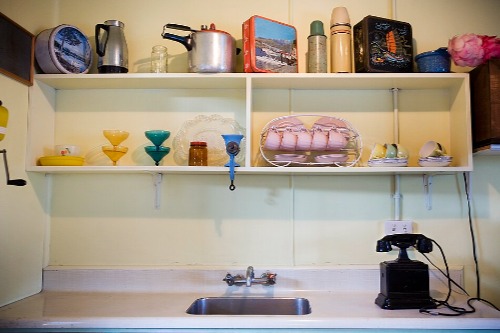
Open shelving looks great in Instagram shots, but it’s basically a dust magnet in real life. Every plate, cup, and spice jar is exposed to airborne grease from cooking, which can stick and make surfaces grimy faster. Even if you use your kitchen lightly, dust builds up surprisingly quickly on horizontal surfaces. That means you’ll be wiping down both shelves and everything on them far more often than with closed cabinets.
The cleaning isn’t just frequent—it’s tedious. You can’t just swipe the shelf; you have to move each item, clean it, then clean the shelf, then put it all back. Items you use less often, like cake stands or extra mugs, may need a rinse before every use. Over time, this turns your “stylish display” into a part-time cleaning job.
2. Matte Black Fixtures
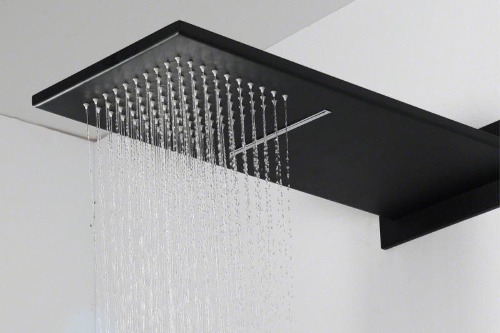
Matte black faucets and showerheads look sleek and modern, but they’re notorious for showing water spots. Even the tiniest drop of mineral-rich water can leave a visible mark. This is especially true in hard water areas, where limescale builds up quickly. You end up wiping these surfaces constantly to keep them looking pristine.
They’re also more prone to showing soap scum and toothpaste splatter. While polished chrome can hide some marks until your next cleaning, matte finishes offer no such grace. The texture can even make scrubbing away buildup slightly harder, since grime clings more than on smooth metal. In bathrooms and kitchens, that means more upkeep than you bargained for.
3. White Grout Lines
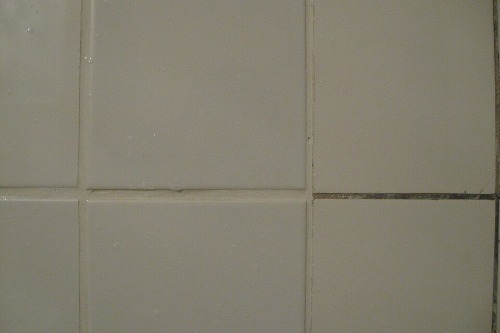
White grout can brighten a space, but it also highlights every speck of dirt. Foot traffic, food spills, and everyday dust quickly turn those lines from crisp white to dingy gray. Kitchens and bathrooms are especially hard on white grout because of moisture and splashes. Once stained, it’s difficult to restore without serious scrubbing or specialized cleaners.
Grout is porous, so it absorbs stains easily, even if it’s sealed. In high-use areas, resealing every year is recommended to slow down discoloration. Without constant maintenance, the grout can start looking aged within months. It’s a classic example of beauty that demands constant vigilance.
4. Glass Shower Enclosures
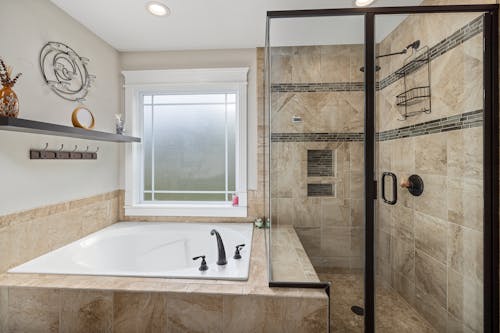
Glass showers give bathrooms a clean, airy look, but they also put every water spot and streak on display. Hard water stains can appear after just one use, and soap scum builds up faster than you’d expect. The larger the glass surface, the more effort it takes to keep it crystal clear. For some, it means squeegeeing after every shower.
Skimp on daily upkeep, and you’ll face cloudy, etched glass that’s harder to restore. Unlike a shower curtain, which you can toss in the wash, glass needs regular wiping and sometimes professional cleaning. The tracks or hinges can also collect mold and grime. It’s a maintenance commitment you can’t easily avoid.
5. Deep Kitchen Sinks
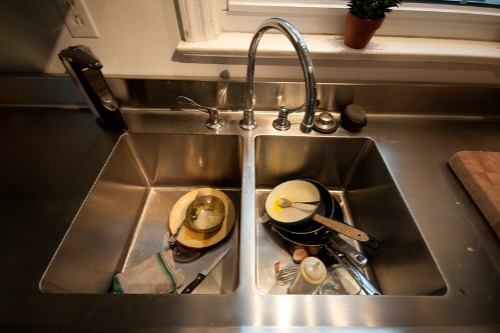
Extra-deep sinks seem practical because they hide dirty dishes from sight. But that depth also means more surface area for grime and hard water buildup. Because they’re lower, you might also find yourself bending awkwardly to scrub them, which can be tiring. Large sinks can hold more dishes, which can lead to bigger messes before you even start cleaning.
The deeper basin also makes splashes more likely, especially if your faucet is tall. Water spots can form around the edges and behind the faucet where it’s hard to reach. Cleaning every corner can feel like a workout, particularly if the sink is undermounted. It’s functional, but it’s not exactly low-maintenance.
6. Intricate Tile Patterns

Patterned or textured tiles add character, but their grooves and ridges are perfect places for dust and grime to hide. Kitchens and bathrooms are especially challenging because dirt can get trapped in the recessed areas. Even sweeping or mopping doesn’t fully clean these designs. You may need to scrub by hand to get them truly spotless.
More texture also means more grout lines, which doubles the cleaning effort. Tiles with uneven surfaces can wear down cleaning cloths faster and make stains harder to remove. Decorative tile might look timeless, but it’s the kind of timeless that demands constant care. If you want “set it and forget it” floors, this isn’t the way to go.
7. Wall-Mounted Toilets
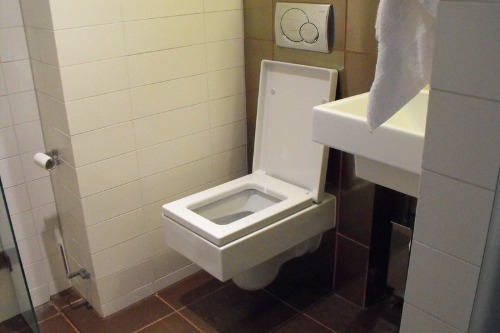
Wall-mounted toilets look streamlined and make floors easier to mop around. But the underside of the bowl still needs regular attention. Dust, hair, and splashes can cling to the hard-to-reach curves. Without frequent wiping, odors can develop faster than with a traditional base.
These toilets often have more nooks around the mounting bracket. That means extra crevices for grime to collect, requiring a bit more precision in cleaning. And while the tank is hidden, if there’s ever a leak or internal problem, repairs can be more complicated. So while they seem low-maintenance at first glance, the reality is a bit more involved.
8. Large Format Windows
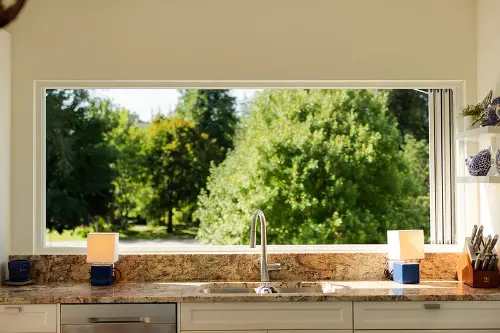
Huge windows flood a space with light, but they also show every smudge, fingerprint, and water streak. Exterior panes can collect dirt, pollen, and bird droppings in days, especially if you live near trees or roads. Cleaning them often requires special tools—or hiring a professional. That’s an ongoing cost many homeowners underestimate.
Inside, kids’ fingerprints, pet nose marks, and condensation streaks show up more obviously on big panes. Taller windows can’t be fully reached without ladders, which adds another layer of hassle. And if your windows have minimal framing, streaks are even more visible. More glass means more shine, but also more scrubbing.
9. Shiplap Walls
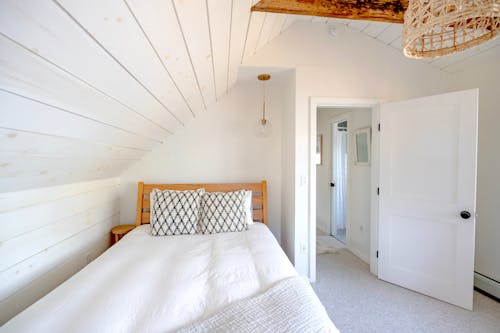
Shiplap adds rustic charm, but those horizontal grooves catch dust like magnets. Even in a low-traffic room, the buildup can be surprising. Wiping each plank individually is time-consuming, and vacuum attachments don’t always fit the grooves. Over time, dust can even discolor painted surfaces.
In humid areas, the gaps can also harbor mold if not sealed properly. Kitchens and bathrooms with shiplap require extra vigilance because of splashes and steam. While it photographs beautifully, in daily life it’s a surface you’ll need to clean far more often than flat drywall. It’s the perfect example of “pretty but high-maintenance.”
10. High-Gloss Cabinets
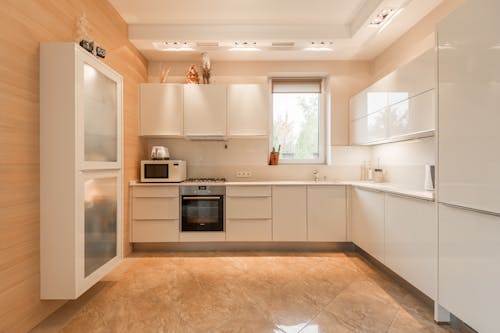
High-gloss finishes reflect light beautifully, but they also reflect every fingerprint and smudge. Even just opening the cabinet leaves visible marks. This is especially noticeable on darker colors, which show oils and dust more clearly. Cleaning them requires gentle products to avoid scratching the finish.
The shine also means streak-free cleaning is harder to achieve. A quick wipe often leaves marks that are visible in the right lighting. In kitchens, grease splatters can be more stubborn to remove from glossy lacquer. The look is modern, but the upkeep is relentless.
11. Floating Vanities
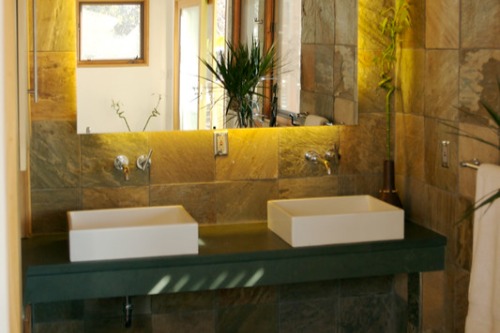
Floating vanities make bathrooms feel larger and make the floor easier to mop—at least in theory. In reality, dust and hair collect in the gap underneath, where it’s awkward to reach. Unless you clean it regularly, it becomes a visible dirt zone. The low clearance often makes it too tight for standard mops or vacuums.
They also tend to have sleek surfaces that show water spots and toothpaste splatters quickly. Bathrooms with heavy daily use may need a wipe-down after each use to stay spotless. Plus, if the wall behind isn’t perfectly sealed, moisture can cause damage over time. They’re stylish, but not always practical.
12. Statement Light Fixtures

Oversized chandeliers or intricate pendant lights can make a room feel luxurious. But they’re dust catchers, and cleaning them often means climbing ladders. Delicate designs can take hours to dust without breaking anything. If they hang over a dining table, they can also collect a fine layer of cooking residue over time.
Many statement fixtures have multiple bulbs and surfaces, which multiply cleaning points. Glass or crystal elements can require polishing to maintain their sparkle. Some designs even require partial disassembly to clean properly. They may look low-effort, but they demand regular maintenance to keep shining.
13. Barn Doors
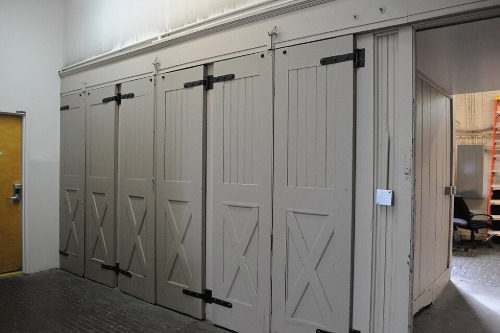
Barn doors add a rustic touch, but their exposed tracks can collect dust and pet hair quickly. Sliding mechanisms also tend to trap grime in the rollers. If the door is near a kitchen or bathroom, grease and moisture can accelerate buildup. Cleaning requires getting into small, awkward spaces.
Because they don’t seal like traditional doors, barn doors can allow odors and dust to move between rooms. That can make cleaning both spaces more challenging. And the bottom edge is often left unsealed, making it a magnet for dirt. They’re charming, but they add hidden cleaning duties.
14. Concrete Floors
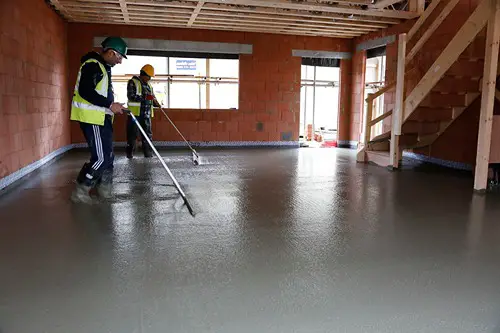
Concrete floors are durable and trendy, but they’re also porous unless sealed regularly. That means spills can stain quickly if not wiped up immediately. Even with sealant, fine dust can settle into micro-textures on the surface. Sweeping isn’t always enough—you often need to mop thoroughly to get them clean.
The gray tone can also make dust and debris more visible, especially in sunlight. In kitchens, grease splatters can leave marks if not cleaned right away. And resealing every few years is necessary to keep them stain-resistant. They might seem indestructible, but they need more care than many expect.
This post 14 Renovation Trends That Make Homes Harder to Clean was first published on Greenhouse Black.
